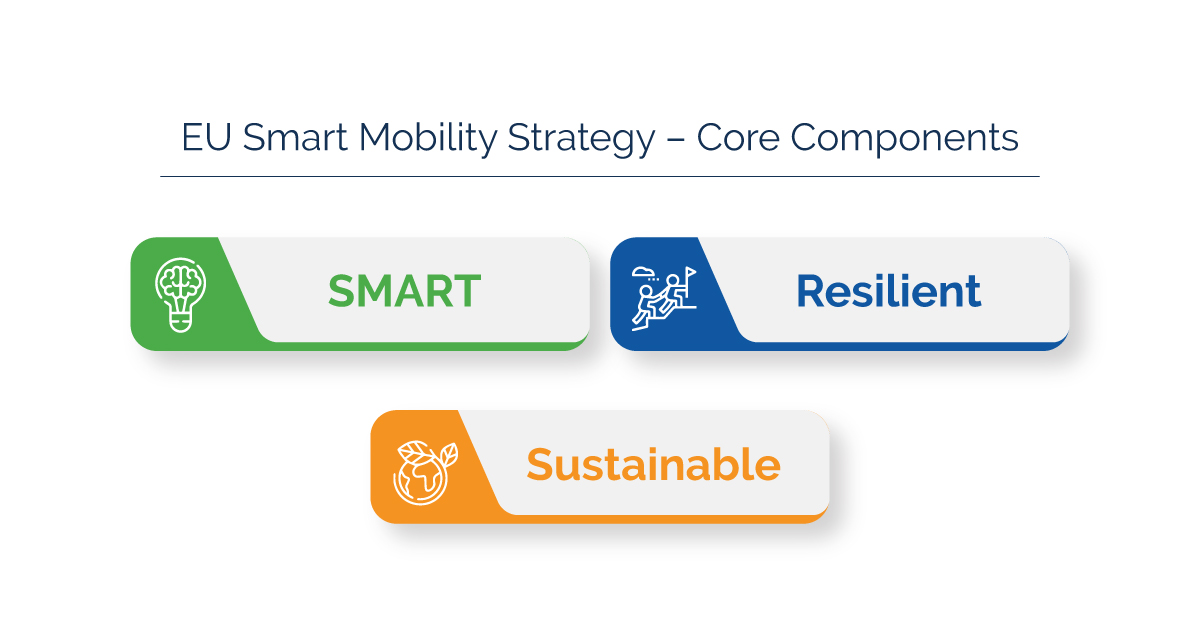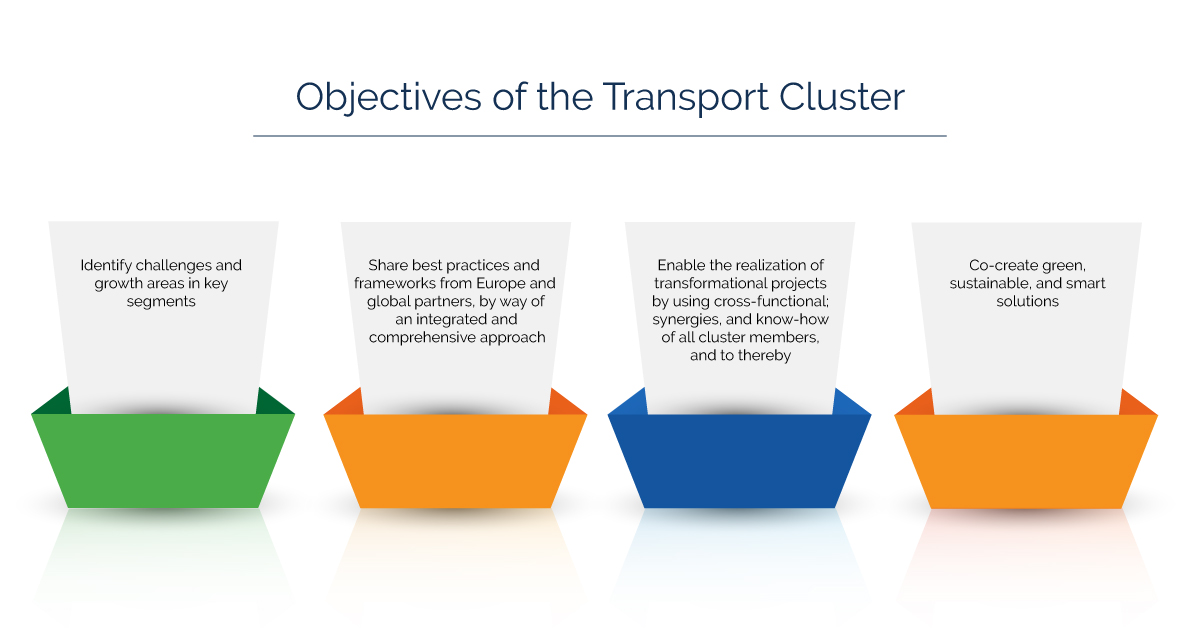Atul Suri | 23rd June 2022

Reaching a trajectory consistent with the IEA Sustainable Development Scenario will require putting 230 million EVs on the world’s roads by 2030. For EVs to unleash their full potential to combat climate change, the 2020s will need to be the decade of mass adoption of electric light-duty vehicles. In addition, specific policy support and model expansion for the medium- and heavy-duty vehicle segments will be crucial to mitigate emissions and make progress toward climate goals.
To date, more than 20 countries have announced the full phase-out of internal combustion engine (ICE) car sales over the next 1030 years, including emerging economies such as Cabo Verde, Costa Rica and Sri Lanka. Moreover, more than 120 countries (accounting for around 85% of the global road vehicle fleet, excluding two/three-wheelers) have announced economy-wide net-zero emissions pledges that aim to reach net zero in the coming few decades. (Source IEA)
In India the electric two-wheeler segment has seen a significant growth in 2020-21 with, a 65 per cent increase in electric two-wheeler registrations. In India, 16 states now have either a notified or a draft public EV policy aligned with the electrification target of the nation. To achieve the objectives stated in these policies, many states are also offering fiscal incentives to the buyer in addition to a central government incentive scheme called FAME. The two-wheeler segment presents increased consumer willingness to shift to electric than any other segment due to the easy charging options that come with smaller battery packs. Most electric-wheelers sold in India can be charged by 15 ampere electrical sockets available in every Indian residence.
From the Futurescape 1 study of leading auto and component makers in the country, we find that over the last five years, Indian companies have been undertaking research and development for development of EVs of all kinds—two-wheelers to commercial buses. For instance, Tata Motors is developing a hybrid version of passenger cars, in addition to working on an electric bus. Collaborative projects and interesting partnerships are also emerging. Mahindra deployed EVs in partnership with on-demand ridesharing company Uber, in Hyderabad, to introduce next-generation sustainable solutions in the shared mobility space. Wipro, a member of EV100, encourages its employees to use EVs and has launched corporate vehicle ownership, lease programmes and installed charging points across all its major facilities in India. Foreign investment is also picking up in this sector as companies like Tesla and Ather Energy have announced plans to set up EV manufacturing facilities in India.
However, India needs a comprehensive policy covering all forms of low energy transport. Some elements can be studied from the EU Smart Mobility Strategy 2 . This strategy lays the foundation for how the EU transport system can achieve its green and digital transformation and become more resilient to future crises. With transport contributing around 5% to EU GDP and employing more than 10 million people in Europe, the transport system is critical to European businesses and global supply chains. At the same time, transport is not without costs to our society: greenhouse gas and pollutant emissions, noise, road crashes and congestion. Today, transport emissions represent around one quarter of the EU’s total GHG emissions.

The EU Smart Mobility Strategy framework has 3 core components – Sustainable and green, Smart innovation and digitalization and Resilient. The strategy has a core focus on making connected and automated multimodal mobility a reality – for instance by making it possible for passengers to buy tickets for multimodal journeys and freight to seamlessly switch between transport modes. There will also be a significant impetus towards boosting innovation and the use of data and artificial intelligence (AI) for smarter mobility – for instance by fully supporting the deployment of drones and unmanned aircraft and further actions to build a European Common Mobility Data Space.
EBTC enables collaborations between EU and India to realise know-how and technology transfer that can hasten the transition towards a greener and more efficient transportation system. The EBTC Transport Cluster Concept encompasses cluster models in key industries within the Indian transport sector. It supports Indian and European stakeholders by means of customized and innovative project structures and approaches that enable collaboration in key industries of the transport sector such as sustainable mobility (including e-mobility and alternate fuels), railways, ports and aviation.

These are built into collaborative platforms for European and Indian businesses to create business opportunities by showcasing expertise and best practices. The key achievement in this programme is to create sustainable pilot projects in both the private- as well as the public landscape and – along these lines - contribute to opening-up the market towards a green transport ecosystem.
green, economy, transport